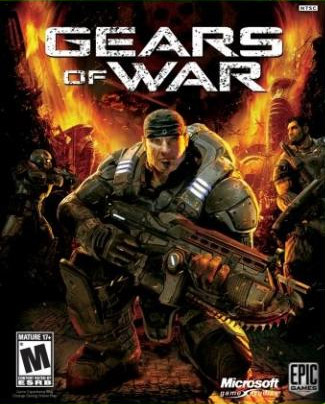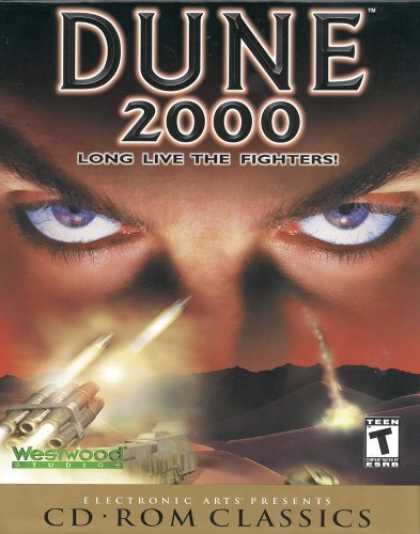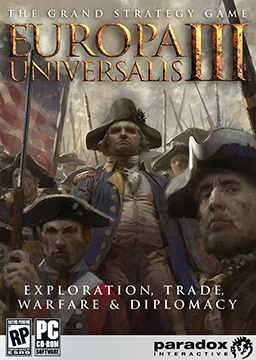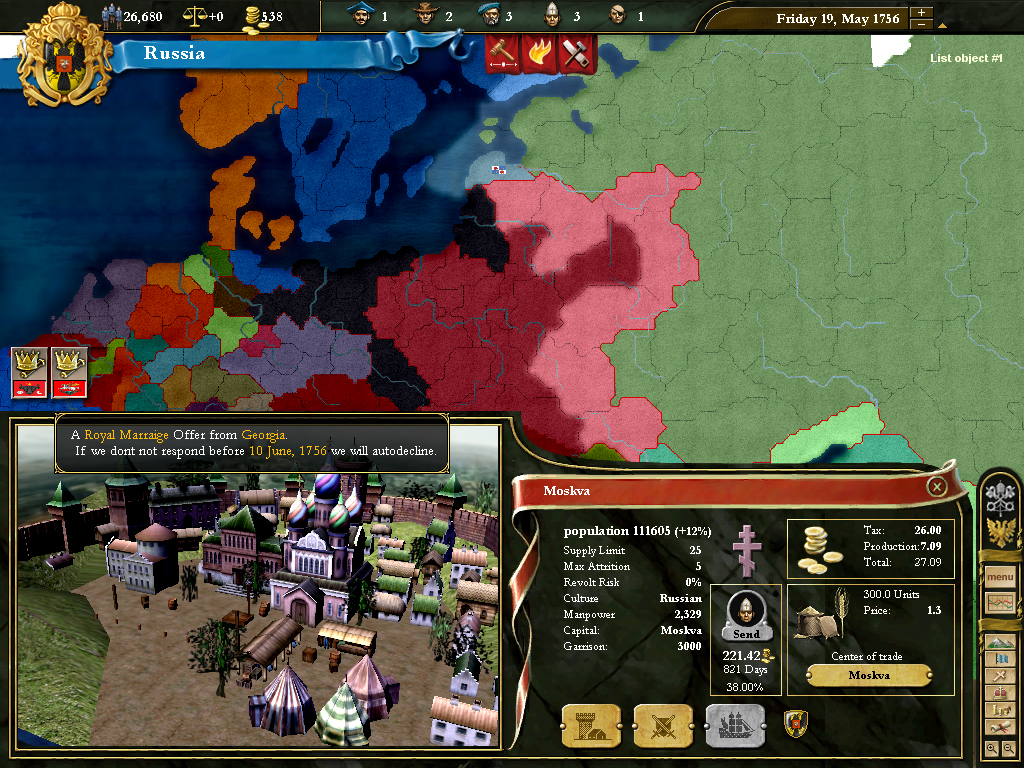 Dragon Age: Origins was released in November 2009. The game was developed by Bioware, which is known for games like Baldur's Gate, Neverwinter Nights and Mass Effect. Electronic Arts published this game, EA is known for a large variety of video games. Dragon Age: Origins can best be described as a story-driven single-player RPG in a medieval fantasy setting, you play the game in real-time and not turn-based.
Dragon Age: Origins was released in November 2009. The game was developed by Bioware, which is known for games like Baldur's Gate, Neverwinter Nights and Mass Effect. Electronic Arts published this game, EA is known for a large variety of video games. Dragon Age: Origins can best be described as a story-driven single-player RPG in a medieval fantasy setting, you play the game in real-time and not turn-based.The game features a set of Origins stories based on your character's race, gender and class. For example,when you start out as a female dwarven noble warrior (the first being gender, the second being race, third being social class and fourth being your class) you'll have a different story then when you start out as a male Dalish elven archer. Each of these origins take about half an hour to complete, after that you'll roll into the main storyline which is the same every time you play. You'll be recruited as a Grey Warden, after completing a series of quests. A grey warden has to defend the world against the Darkspawn, which are vile wretched creatures that try to extinct humankind, who once in a while are led by what is known as an Archdemon, which is a dragon who has been taken over by a demon. So it's your duty as a grey warden is to find out the archdemon and destroy it and before doing so you'll need enough allies in order to cut through the horde and battle the archdemon. It's best not to go in deeper on the storyline, simply because the game is very story-driven and I would ruin the experience.
Dragon Age: Origins places a lot of emphasis on the story-line, yet leaves the player with a lot of freedom. During pretty much any quest you can choose what side you're on and they're not always based on an evil/good basis. Quite often you'll find yourself in moral dilemmas, like choosing whether or not to kill someone for his crimes even though you've had him as a friend during your origins-story. But even though there's quite a lot of freedom in this game, the game also limits your freedom at certain points, like not being able to decline the offer to become a grey warden, no matter how hard you resist, in the end they'll just force you. And you'll always inevitably have to destroy the archdemon and after this the game ends, and even though you can load the game after completion there's not much sense in doing so, seeing as there's nothing left for you to do.
The gameplay in this game is rather standard for RPG's, you slay hordes of enemies and use the experience in order to level up and invest points in skill/spell trees. But aside from that you can choose 2 specialisations(one at level 7 and the other at level 14) which give bonusses to certain attributes which improves your fighting and other things. Throughout the game you'll fight various bosses, which will advance the storyline as the boss is dependant on which side you are. These bossfights are often truly awesome sometimes they are finished of with a slow-motion finishing move, that bring tears to even the most hardened blood-hound. Throughout the game you'll have three companions fighting with you, these companions are found throughout the game, by doing certain quests or picking a certain side on a matter. Sadly, you are limited to three companions at a time, so even if you have 8 companions, you'll only be able to take 3 of them with you, the rest will wait at the camp (unless they are required to be with you, then they'll pop up). When you're battling enemies you can use various items, such as traps and bombs in order to damage the enemy, I personally didn't use them since all my characters were strong enough to kill them using a blade(even my mage, I made him an Arcane Warrior, which is similar to the warlock class found in most other rpg's, it only uses magic in order to make their fighting better). Whilst fighting you can also use various talents and spells in order to inflict greater damage on enemies or slowly sap away their health by putting them on fire, poisoning them and so on. Now obviously there are way too much spells and talents to describe everything do, but I'm sure you get the idea.
What I personally like most about this game is that it's a mature RPG, it isn't about some childish looking retards with squeeky voices wearing ridiculously huge sword and stupid-looking armour. It doesn't rub away aspects of live simply to target a younger, more profitable audience. In this game you can start relationships with a couple of your companions and even have sex with them, there's nothing really functional or fun about this, but it does help in order to keep you interested in the game as it'll make you feel more involved in the storyline. The game also doesn't cower away from blood and gore, you'll see people, animals and darkspawn getting decapitated by your party amongst a lot of other things. It's something that adds a lot reality to the game and also feels rewarding, when you see your character stabbing the dragon in his neck when you've tried so many times to defeat it.
The graphics in this game probably aren't as good as most other games released about this time, they're still good but not groundbreaking. However I do find the world and how it's been set-up, both storywise and graphic-wise, unique and beautiful, almost every armor is unique and well designed and has an own feeling to it. even when it's the same armour but made with a different material, there's always something that changes about the armour, like the colour. But the helmets aren't as nicely designed as the armour-sets, they are often ridiculous and ugly. But overall, the graphics are rather pretty although a bit blurry, but the designs make up for that. The surroundings and designs of cities are beautiful and original, like the city of Orzammer, the dwarven capital, it's an underground city with a lot of carved statues and lava which sometimes runs in canals or waterfalls (lavafalls?).
I highly suggest buying this game, I personally spend more than 300 hours on this game and I am not even that into RPG's. Dragon Age: Origins brings a fun and unique experience. There are no annoying glitches or flaws that could prevend anyone from having fun with this game. I'd say that this game is definatly worth your money, unless you truly resent RPG's.






















